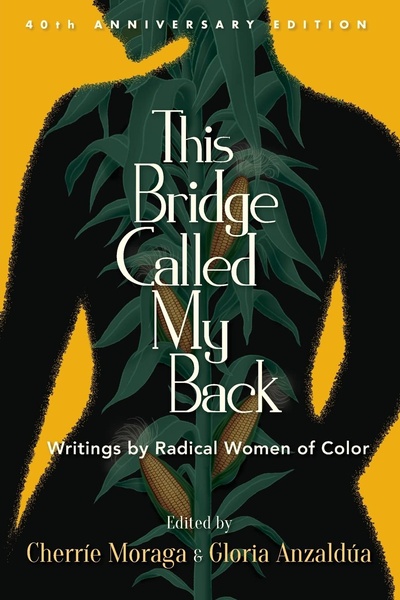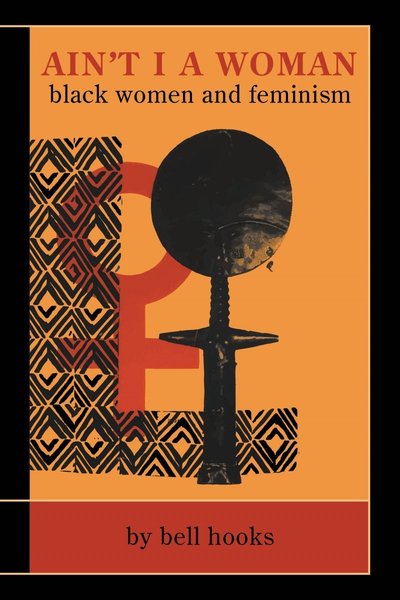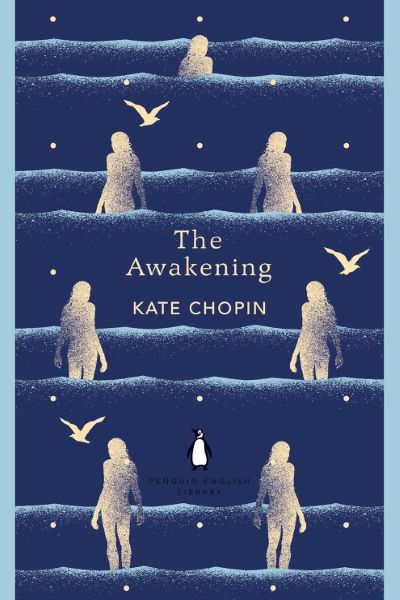This Bridge Called My Back
A groundbreaking collection of writings by radical women of color that brought together diverse racial voices, critiqued the limitations of white feminism, and advanced intersectional feminist development.

📝 Book Review
This Bridge Called My Back stands as a monumental work in feminist literary history, first published in 1981. This revolutionary collection marks a crucial turning point in the history of the feminist movement. Co-edited by Cherríe Moraga and Gloria Anzaldúa, this work brought together the voices of numerous women of color writers, poets, and activists, directly challenging the singular narrative patterns of mainstream white feminist movement with unprecedented courage and depth. By placing the long-marginalized experiences of women of color at the center, this book not only injected new vitality into the feminist movement but also provided entirely new theoretical perspectives and practical directions for the broader social justice cause.
The core value of this collection lies in its groundbreaking contribution to intersectional analysis. Nearly a decade before Kimberlé Crenshaw formally introduced the concept of “intersectionality,” this work had already profoundly explored how race, class, gender, and sexual orientation interact to collectively shape the unique life experiences of women of color. Through their personal experiences and deep reflections, the authors revealed that these identity categories are not simply additive relationships but complex systems that interweave and influence each other. Their analysis transcended the limitations of single-identity politics, demonstrating the complexity and interconnectedness of multiple oppressions faced by marginalized groups. This analytical approach not only provided new frameworks for understanding the circumstances of women of color but also laid important experiential foundations and intellectual sources for later intersectional theory.
In exploring identity politics, the authors in the book deeply analyzed how multiple marginalized identities profoundly impact their life experiences and political positions, establishing a solid theoretical foundation for decades of subsequent identity politics discussions. They not only described the unique challenges faced as women of color but, more importantly, analyzed how these multiple identities shaped their understanding of the world and their strategies for changing it. These authors courageously shared their survival experiences within multiple oppressive systems including racism, sexism, class oppression, and homophobia, demonstrating how marginalized identities serve as both sources of pain and sources of strength and insight. Their narratives revealed the complexity of identity politics, acknowledging the importance of identity while warning of the potential divisions and limitations that identity politics might bring.
The theme of coalition building runs throughout the book, with authors emphasizing the importance and possibility of building alliances among women from different backgrounds while acknowledging the existence of differences and conflicts. They deeply recognized that truly effective coalitions cannot be built on the basis of concealing differences or enforcing uniformity but must be established on the foundation of acknowledging, respecting, and learning from differences. Authors in the book shared their frustrations and gains in seeking to build alliances with white feminists, analyzed the complex role of power relations in coalition building, and proposed specific strategies for building more equal and inclusive alliances. Their experiences and reflections provided valuable guidance for later cross-difference alliance practices and important historical references for understanding coalition politics in contemporary social movements.
This Bridge Called My Back has had profound and lasting influence on the feminist movement, manifested across multiple levels and fields. First, this book directly promoted the rise of third-wave feminism, providing important intellectual resources and political momentum for this new feminist wave. The multicultural characteristics of third-wave feminism, its emphasis on intersectionality, and its acknowledgment of identity complexity can all find important intellectual sources in this book. Second, the analysis and insights in the book profoundly inspired the development of intersectional theory, providing rich experiential materials and conceptual resources for the formation and refinement of this important theoretical framework. Many later intersectionality theorists drew inspiration and wisdom from this book, using it as an important reference for theoretical development.
Furthermore, this book profoundly influenced the development of queer theory and critical race theory. The analysis of the intersection of sexual orientation, racial identity, and gender expression in the book provided important intellectual foundations for the formation of queer theory. Simultaneously, its analysis of the particular manifestations of racism in women’s experiences made important contributions to the development of critical race theory. More importantly, this book fundamentally changed the inclusive practices of the feminist movement, pushing the entire movement to reexamine its own exclusionary tendencies and strive to create more inclusive and diverse movement culture.
In contemporary society, This Bridge Called My Back remains profoundly significant and meaningful. This book provides important theoretical frameworks for understanding contemporary social justice movements, particularly in understanding the intersectional characteristics of contemporary social movements like Black Lives Matter, #MeToo, and immigrant rights movements. Its analysis still holds important guiding value. It helps us recognize the complexity of privilege and oppression, understand how different forms of inequality interweave, and why single-issue movements often struggle to address complex social problems.
Simultaneously, this book provides valuable experience and wisdom for guiding cross-difference coalition building practices. In today’s increasingly diverse and fragmented society, how to build effective political coalitions based on acknowledging differences, how to achieve broader social justice goals while maintaining respective group interests—these questions can find important reflection and inspiration in this book. The experiences and reflections of the authors in the book provide important references for contemporary activists, helping them better handle complex issues in coalition politics.
Most importantly, this book continues to inspire intersectional thinking among new generations of activists. In the era of globalization and digitization, forms of social inequality have become more complex and diverse, and the importance of intersectional analysis has become increasingly prominent. The intersectional vision and analytical methods demonstrated in this book provide important intellectual tools for a new generation of social justice activists, helping them better understand and respond to contemporary social challenges.
As a feminist classic text, This Bridge Called My Back is not only essential reading for understanding the development of diverse feminist movements but also an important intellectual resource for all those concerned with social justice and committed to creating a more equal and inclusive society. The courage, wisdom, and vision embodied in this book continue to inspire countless people to strive for building a better world. It reminds us that true liberation must be liberation for all, true justice must be built on the foundation of acknowledging and respecting differences, and true progress must come from mutual understanding, support, and cooperation among different groups.
Discussion
读书讨论
分享您对这本书的感想和看法,与其他读者交流见解
加入讨论
分享您对这本书的感想和看法,与其他读者交流见解
加载评论中...
Book Info
🛒 Get This Book
 Buy on Amazon
Buy on Amazon Related Books
读书讨论
分享您对这本书的感想和看法,与其他读者交流见解
加入讨论
分享您对这本书的感想和看法,与其他读者交流见解
加载评论中...

